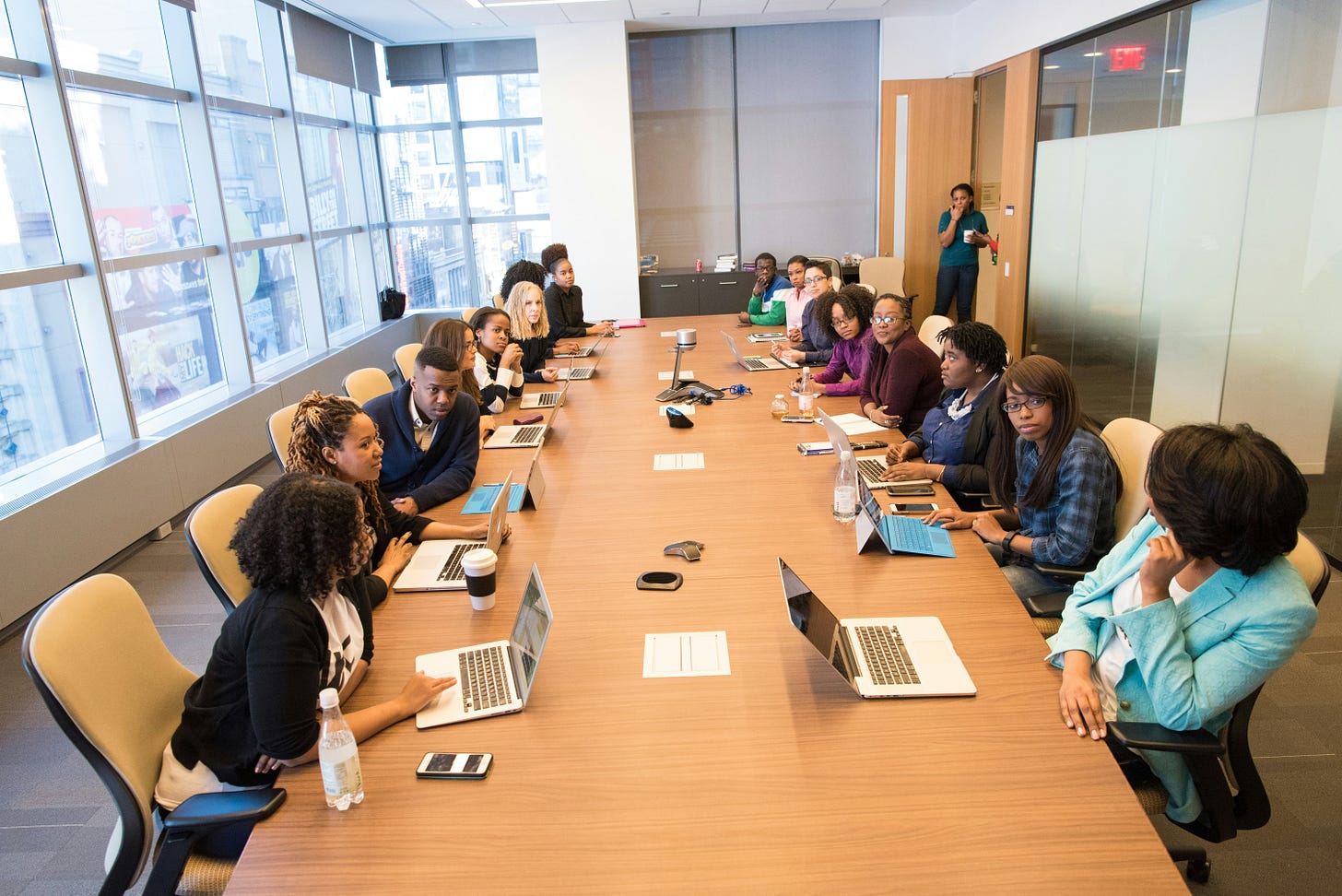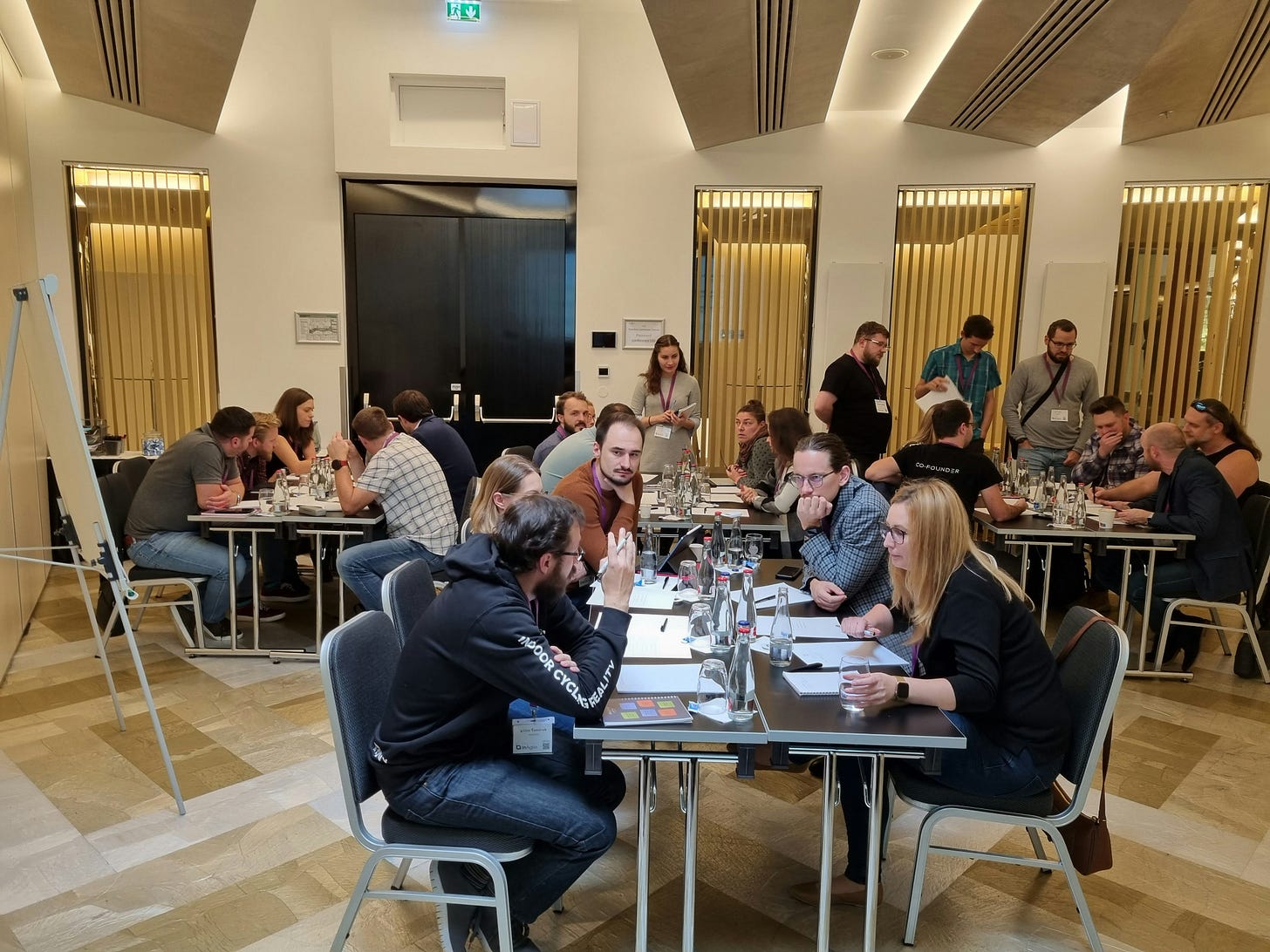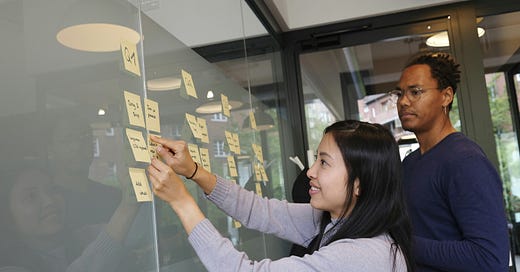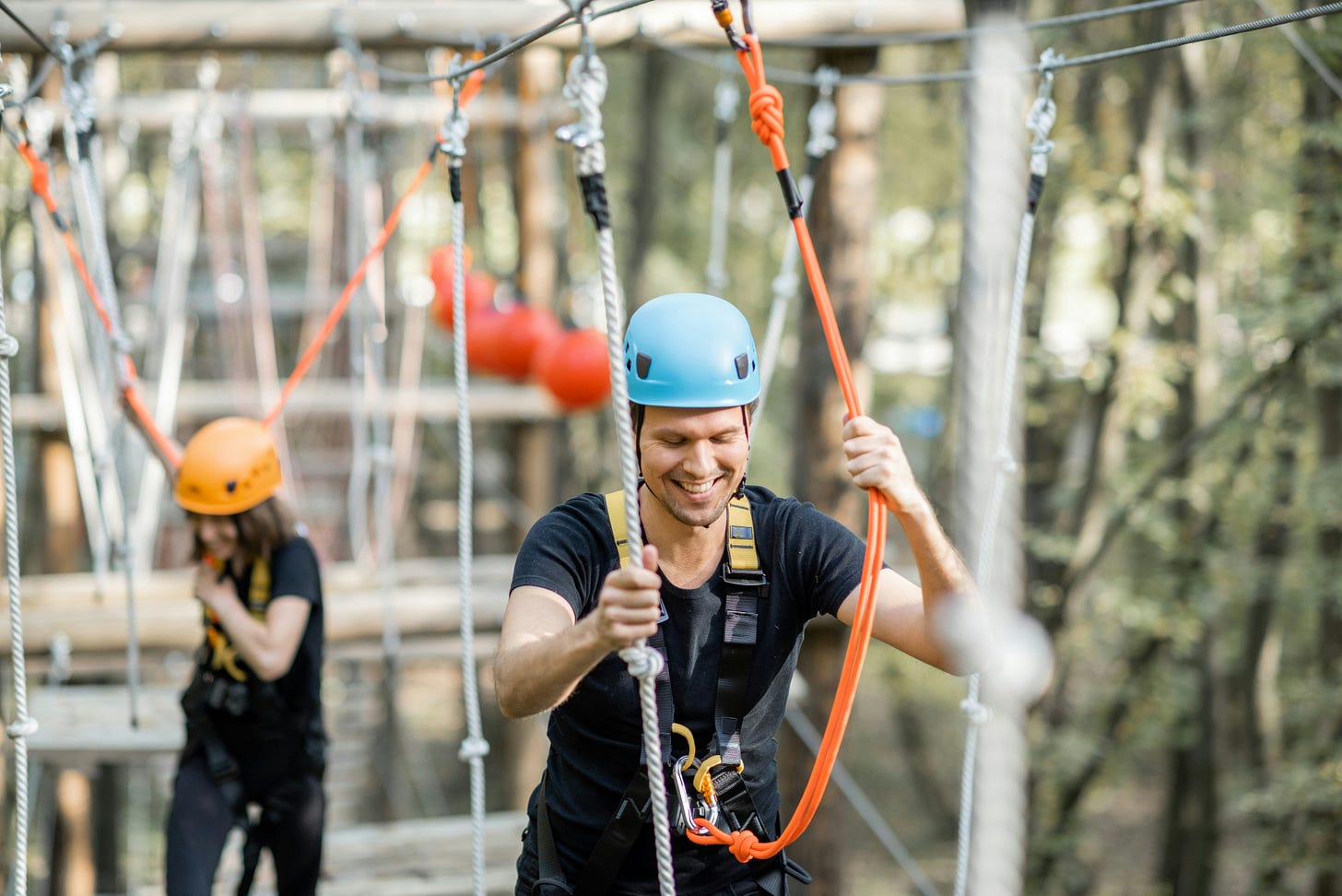One of my favorite leadership activities over the years has been bringing my teams together in all-team offsites to strategize and socialize.
Offsites in and of themselves aren’t automatically fantastic—they take hard work, thoughtful planning, solid execution, and a pinch of good luck to get them right.
If you’ve been in the workforce for more than a minute, I’d bet you’ve encountered at least one less-than-stellar offsite. I’ve certainly participated in my fair share of them.

Sometimes offsites are too short, and people spend more time travelling for them than at the offsite itself. Occasionally, they’re too long. All day Monday through Friday, with travel on the weekend? Ummmm, no thanks.
I’ve seen some offsites start before 8 am and end after 8 pm multiple days in a row, packed full of session after session, presentation after presentation. To the planners of these offsites I say … why do you hate us? I’m sorry you didn’t receive more love as a child, but please stop—these are not useful, productive, or fun.
And speaking of fun, there are equally unpleasant offsites that center primarily around someone’s idea of “fun.”
Too much social time with far too many group activities and team-building exercises can feel wasteful and unproductive—not to mention taxing for the introverts on your team. Stand up in front of 20 of my closest colleagues and do improv theater, or karaoke? Hard pass.
Done well, however, offsites can be amazing.
They can help your team members take ownership of and align on an organization’s vision and strategy, build an inclusive team culture, foster a sense of camaraderie, and promote individual and team development.
Which is why I’ve always taken an active interest and role in planning my teams’ offsites, when I was a CIO and to this day—because getting it right matters.
Here are a few of my strategies for planning the perfect offsite:
Set clear goals. Get clear about what you want to accomplish at the offsite and work backwards from that to plan the perfect agenda. I’ve seen too many leaders crowdsource session ideas and create an agenda from those that receive the most up-votes. Participant input is great, but map every session back to your goals to ensure a clear and cohesive plan for your time together.
Be intentional about engagement. Plan your sessions specifically for face-to-face engagement—do group breakouts, whiteboarding sessions, and other activities you can only do face-to-face. Conversely, if you’re considering a session and it could just as easily be done on a video call, don’t do it. Take full advantage of having people in the room and schedule passive presentations for another time.
Don’t over-program the time. Less is more in an agenda. Sessions will take longer than you think, especially when you get folks discussing and interacting in person. It’s tempting to try to squeeze more sessions in, either by shortening them or going longer in the day. Resist the urge to do either. You won’t get deep work accomplished if you jump from subject-to-subject too quickly, and stay too long and people lose the ability to pay attention and think. Cull your agenda and then cull again, keeping only those sessions that accomplish the two strategies above—they meet your goals and foster engagement.

Pay attention to the details. Location, start times, food options—all of these little details create an inclusive environment for your participants. If you are physically co-located with your team, plan your offsite in a different location to create separation from the workplace and foster innovation. If you have folks travelling in from out-of-town, pay attention to time zone differences and plan your start time accordingly. Survey your participants food allergies and preferences, and ensure you have an array of inclusive food options.
Help folks grow individually, and as a team (where applicable). Not all offsites are single-team events, but when they are, be sure to incorporate professional development into the agenda. In past offsites I’ve conducted assessments like StrengthsFinders, engaged participants in allyship workshops, and had teams learn and apply new models (e.g., Amazon’s working backwards framework). In each case, team members were excited with the new insights or skills they learned, and, we were able to engage folks in related team activities that deepen team collaboration and culture. Everybody wins.
Even with a good blueprint, you’ll need help to pull off the perfect offsite. Lean into the project managers and social planners on your team (and don’t forget to thank them when you do!) to help ensure you have a truly outstanding event.





